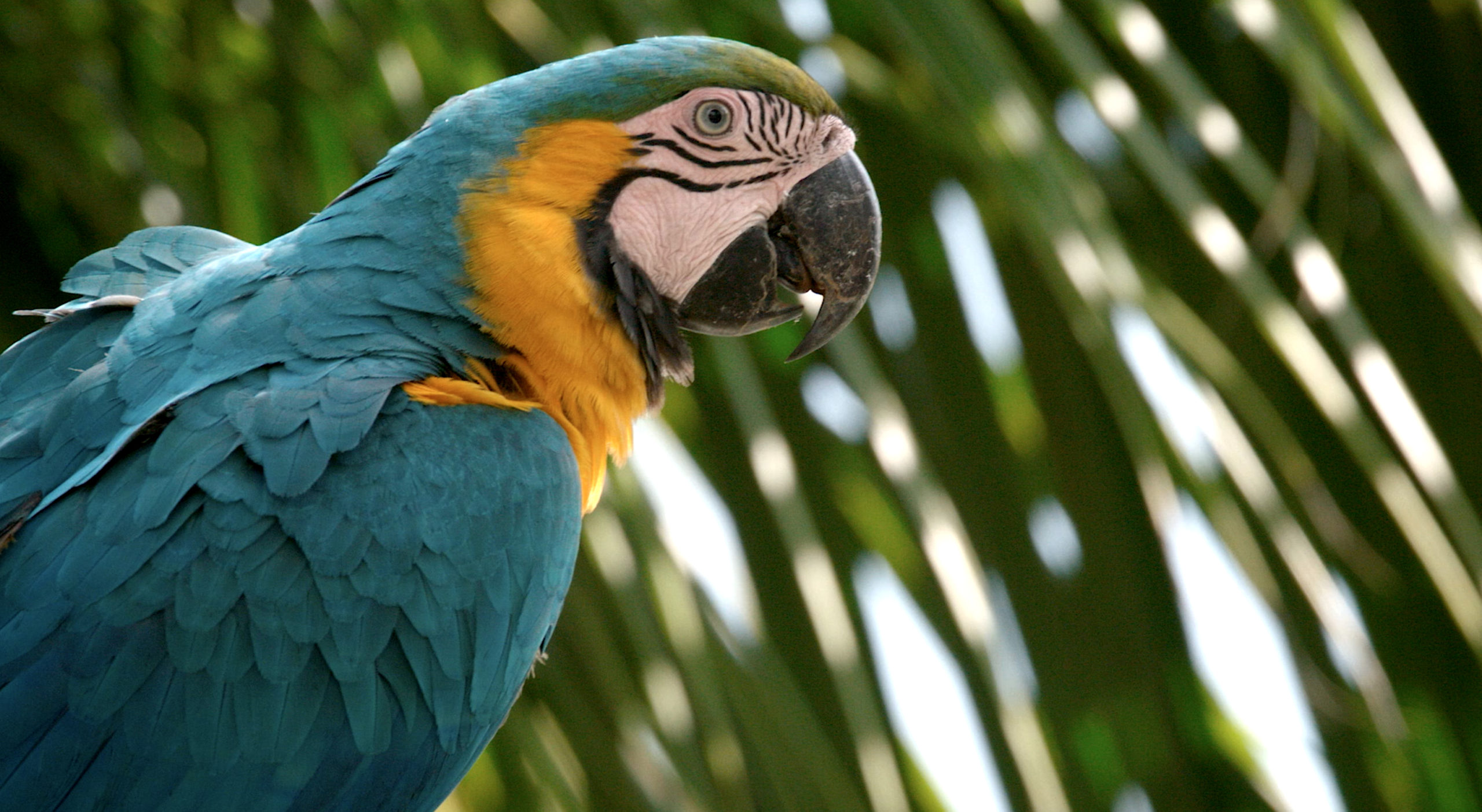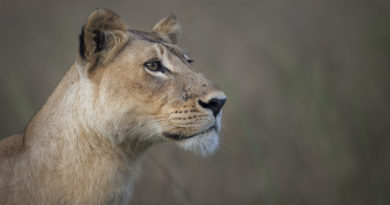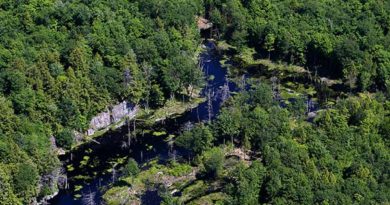Wild Macaws Using Artificial Nests in Tambopata Amazon Jungle
In the surrounding forest of Tambopata Research Center, there are several macaw nests. Some of them are natural cavities on tree branches and other ones are artificial. The first artificial ones were installed since September 1989.
How do these Macaw artificial nest get there?
Eduardo Nycander, founder of Rainforest Expeditions, was a young wild photographer, he was working taking pictures of macaws’ faces. Macaws have a unique pattern in the face, like a human fingerprint, unique to each individual.
After being in Colorado Claylick he fell in love with Tambopata. This place had a lot of potential but also for being destroyed by hunters, loggers and gold miners.
He found the best excuse to stay and preserve this jungle: Ecotourism.
Ecotourism is the best sustainable economic activity for the region. Why? Because produce money using the resource of the forest without depleting it. At the same time, you’re conserving the forest in their more pristine way creating awareness in all the visitor.
People love macaws, they’re the flagship species of the Amazon Rainforest. Inside the most endangered family of birds in the world, macaws need our help if we want to keep their population in the near future. The main threats are : local hunting, illegal pet trade, habitat loss, and selective logging. Some people hunt them to make macaw soup and sell their feathers in handcrafts. Everyone knows someone that has at home a macaw of parrot as a pet that has been stolen from somewhere in the Amazon. And nowadays the most significate threat is the selective logging of the Shihuahuaco tree. Home of the natural nests of Red and Green and Scarlet Macaws.
Study them in the wild is a challenge. Their natural nests are more than 30 meters above the ground and there’s in average a single Shihuahuaco tree within each hectare. The best choice seems to offer more suitable nesting spaces. Eduardo starts with the designs; concrete, wooden and PVC nest were hanged in tree branches all around TRC.
In 1999, Dr. Donald Brightsmith from A&M Texas University took the leadership of the Tambopata Macaw Project
Since then he has led the project from strength to strength and published a host of groundbreaking papers on various aspects of macaw breeding, reintroduction and clay lick ecology. He has been on hand to teach, inspire and lead scores of Peruvian and international students and volunteers.
The main entrance of Tambopata Research Center shows up nearby some amazing emergent trees. In one of them hangs down an artificial wooden nest called “Molinero”. The nest had been used by a couple of macaws from the first generation of the project. Nevertheless, a couple of wild scarlet macaws laid three eggs in November 2018, they already used the nest the previous two years.
Some weeks later, a troop of spider monkeys passing closer to the nest called the attention of one of the parents that were nearby the nest. Something was terribly wrong, a kinkajou was having lunch on the warm eggs. The parents try to get inside and rescue some of their eggs but were too late, the burglar was satisfied waiting until nobody was around to leave.
Do you think they will lay a new eggs? Comment below…





